AI Takes Over Three Electrics: A New Battleground for Automakers
![]() 08/08 2025
08/08 2025
![]() 527
527
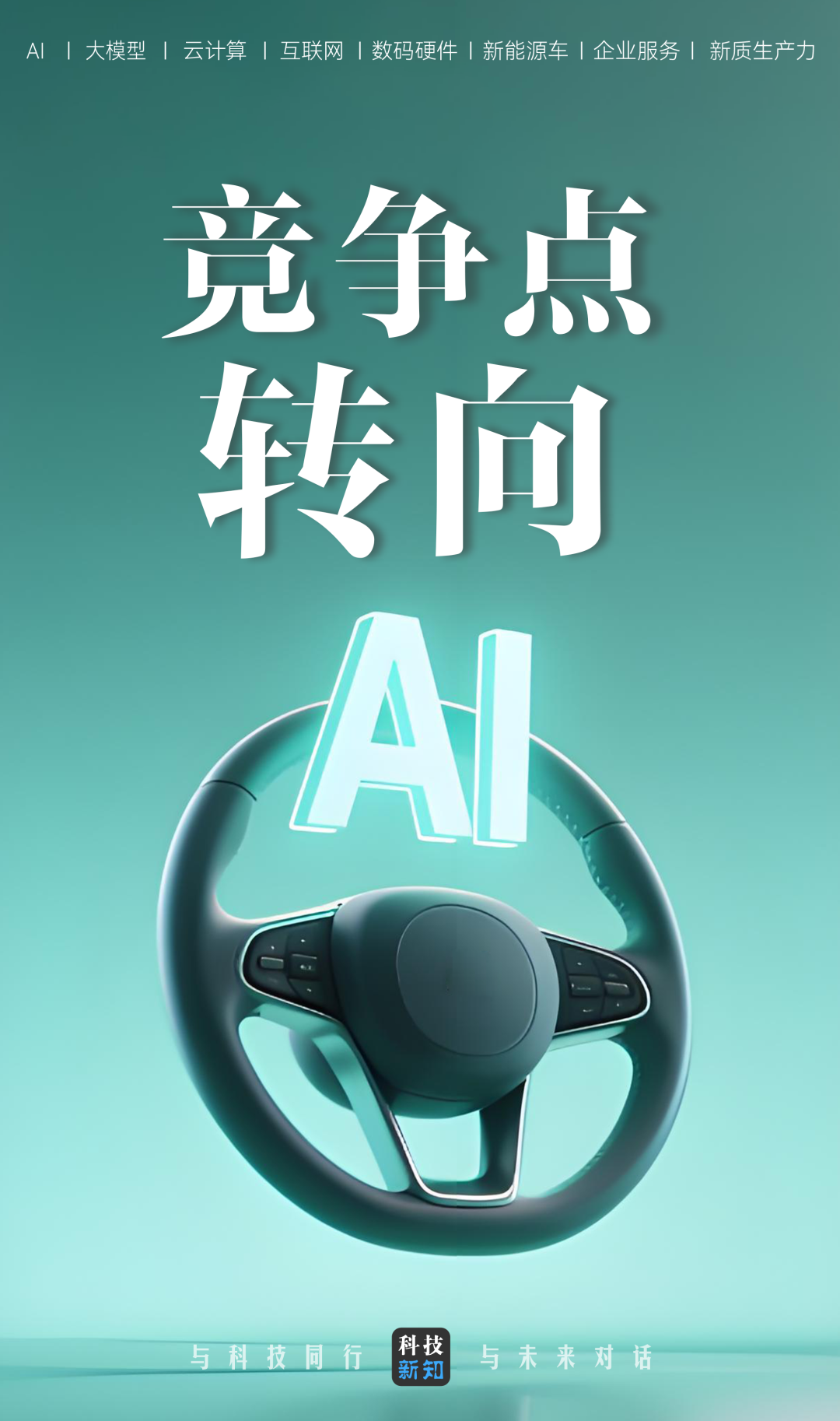
From the surge in computing power infrastructure to the construction of data closed loops, and from breakthroughs in intelligent driving to innovations in cockpit experiences, the competition among automakers has become an irreversible trend.
Original Technology News, New Energy Vehicle Team
After years of popularizing new energy, the automotive industry is undergoing a quiet transformation. The competition among automakers seems to be shifting from traditional vehicle manufacturing skills to a deeper competition in AI technology. Recently, Li Auto focused less on the hardware parameters of its vehicles during its new product launch and instead spent significant time introducing advancements in vehicle intelligence and the evolution path of intelligent driving under VLA technology. Simultaneously, Geely Automobile and Jieyue Xingchen jointly launched the next-generation smart cockpit Agent OS (preview version), "Smart Egg Cabin," originally built for AI Agents. Its innovative AI interaction experience and powerful functions have garnered widespread attention within and outside the industry.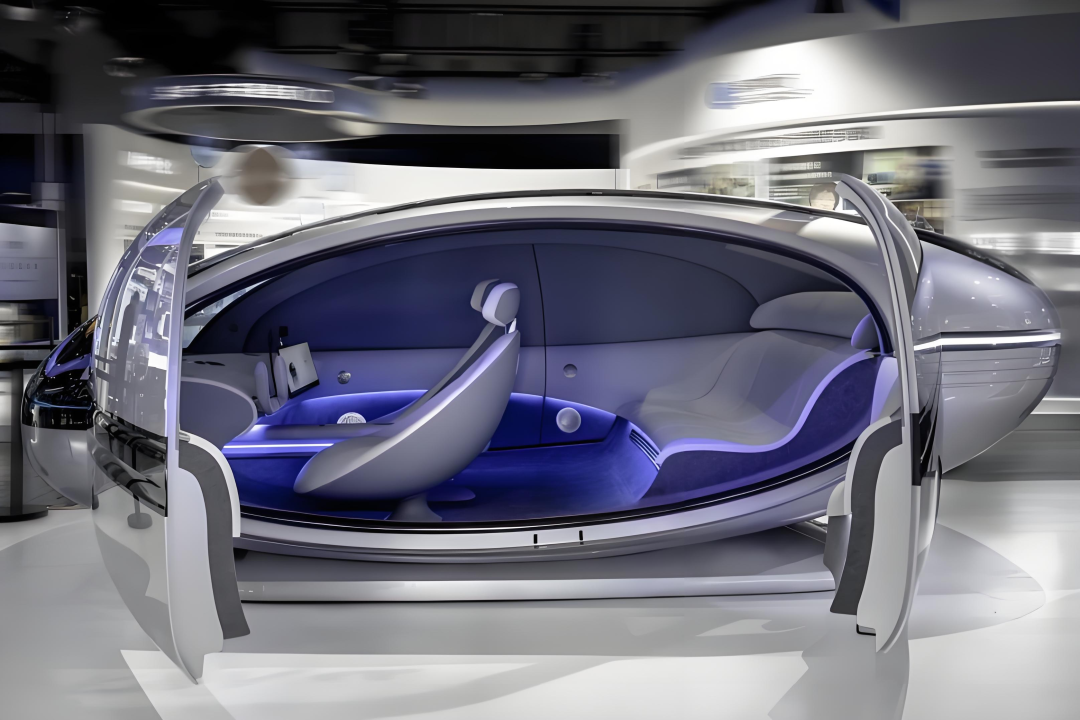
These launches clearly convey that AI is no longer an "optional" feature for vehicles but has become the core selling point for defining product experience, building brand moats, and attracting consumers. Gao Rui, Deputy General Manager of GAC Group, also stated directly at the China Electric Vehicle Hundred People Forum (2025): "Without intelligent driving capabilities, there is no entry ticket to participate in future competition, which has become a common consensus in the industry." This series of phenomena inevitably leads one to ponder: Have automakers transitioned from a simple competition in vehicle manufacturing to a fierce competition in AI capabilities?
01
Betting on AI-Driven "Intelligent Manufacturing" Upgrades
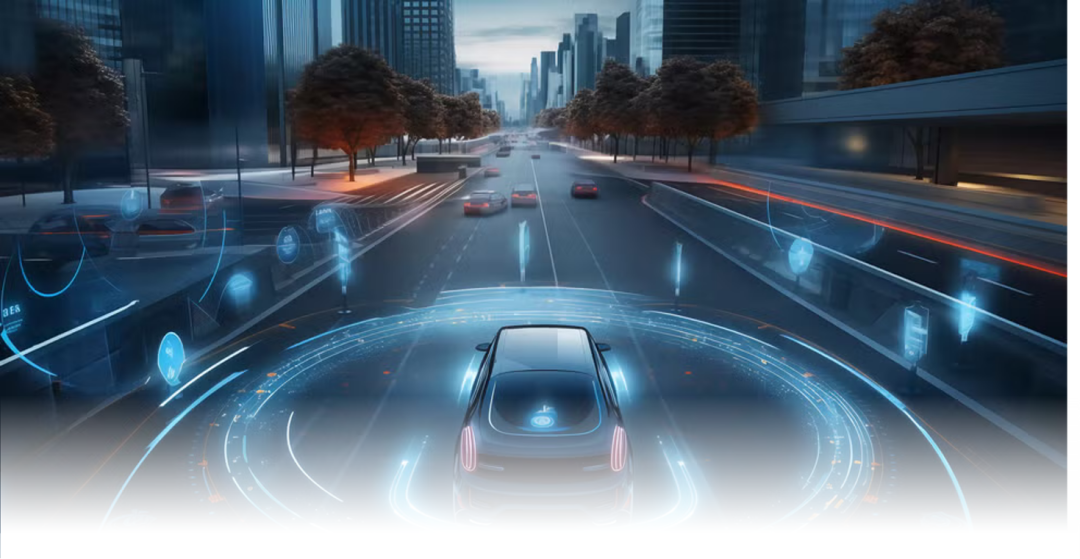
With the popularization of the electrification wave, the core technological barriers of automobiles have been significantly reduced. Automakers, represented by BYD, have significantly lowered the threshold for vehicle manufacturing by leveraging mature electric system supply chains. Amidst hardware convergence and performance overcapacity, relying solely on "piling up materials" has become difficult to build lasting competitive advantages. Furthermore, as automobile popularity increases and consumer awareness deepens, user needs are undergoing profound changes. They are no longer satisfied solely with the basic function of a vehicle as a means of transportation but are pursuing higher-level emotional experiences and personalized services. The automobile is transforming from a "mobile machine" into a "third living space," an intelligent terminal for working, entertainment, and rest. In this context, the rise of AI technology provides automakers with an excellent opportunity to transition from "manufacturing" to "intelligent manufacturing." AI can not only reconstruct users' travel experiences through intelligent driving and smart cockpits but also penetrate the entire lifecycle of research and development, production, marketing, and service, achieving cost reduction and efficiency enhancement. More importantly, mastering AI means mastering the discourse power of data and software-defined vehicles, securing the entry point for the next-generation mobility ecosystem. In fact, technology maturity and cost decline are driving the rapid popularization of AI functions in automotive products. 2024 is considered by many industry analysts as the "first year of intelligent driving." Marked by Tesla's pioneering implementation of end-to-end autonomous driving solutions, domestic automakers such as NIO, Xpeng, Li Auto, and Hongmeng Zhixing have also successively launched similar technologies. For example, Li Auto's "end-to-end + VLM (Vision Language Model) dual-system" has become its unique technological advantage. The end-to-end system can achieve rapid response to the environment, while the VLM visual language model is responsible for high-level analysis. The organic combination of the two significantly improves the safety and scenario generalization capabilities of autonomous driving. Similarly, Geely Automobile's Qianlihaohan system continues to evolve, proposing the concept of "AI training AI, AI testing AI," and plans to launch the L3-oriented technical architecture in the fourth quarter of this year, promoting the practical application of L3-level technology and allowing users to enjoy a higher level of autonomous driving experience earlier.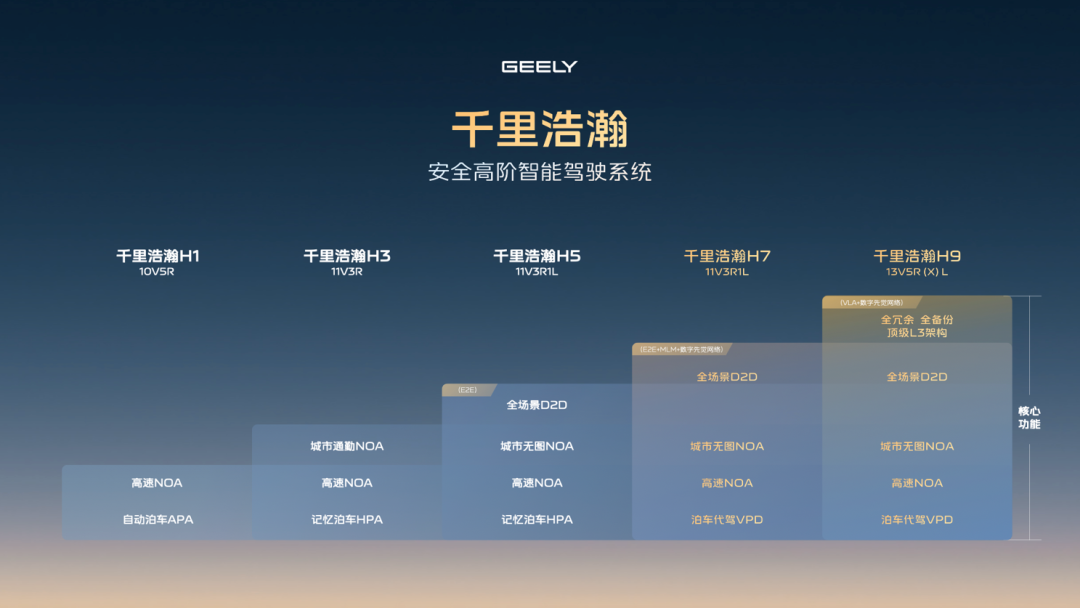
The smart cockpit has also undergone a significant transformation from an "instruction executor" to an "emotional intelligent agent" under the empowerment of AI technology. Geely Galaxy M9's ultra-anthropomorphic in-vehicle AI agent, based on Jieyue Xingchen's end-to-end AI voice large model, can not only achieve multimodal interaction and accurately perceive user emotions but also proactively provide services to users according to different scenarios.
SAIC-GM launched the Qualcomm 8775 cockpit chip globally and built an end-cloud-integrated AI hub, enabling cross-scenario intention understanding and making the user's interaction experience within the vehicle smoother and more natural. The Li Auto Classmate intelligent agent has achieved a magnificent leap from a "vehicle control assistant" to a "mobile life butler." Undoubtedly, large AI models, especially multimodal large models, enable vehicles to possess the ability to transition from "perceptual intelligence" (recognizing objects) to "cognitive intelligence" (understanding scenarios and intentions), laying the foundation for achieving higher-level autonomous driving and more humanized smart cockpit interactions. A clear trend is that advanced intelligent driving functions such as high-speed NOA and urban NOA are gradually shifting from being optional for high-end models to becoming standard in mainstream price bands under 200,000 yuan or even standard configurations. The application of large AI models in smart cockpits is also becoming increasingly widespread, from providing more natural voice interactions to proactively recommending services based on user habits. AI is comprehensively enhancing the user experience. This transformation from "optional" to "standard" to "quasi-core selling point" marks that AI has become a key variable in determining the competitiveness of automotive products.
02
AI Also Needs to Compete on Differentiation
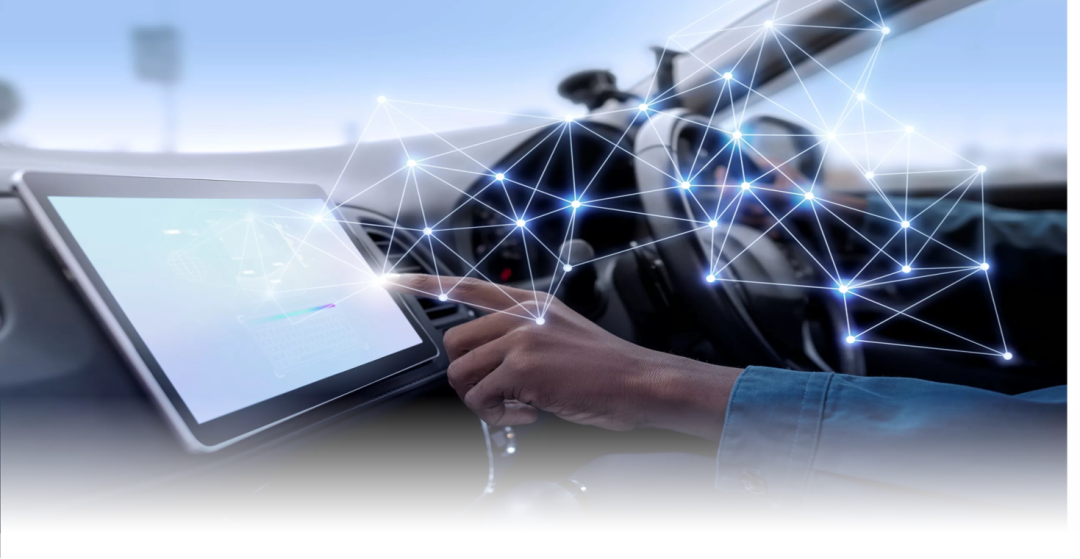
Judging from the current situation, leading enterprises are competing for commanding heights through differentiated technological approaches, with the core battlefields focusing on intelligent driving, smart cockpits, and AI throughout the entire lifecycle. First, intelligent driving is the fiercest and most closely watched battleground in the AI competition among automakers. Major manufacturers have invested heavily, through self-development or collaboration, to promote the evolution of intelligent driving technology from L2-level assisted driving to L3-level and higher advanced autonomous driving. Technological approaches also present a diverse landscape, ranging from multi-sensor fusion to pure vision solutions, from modular architectures to end-to-end large models. Each company is exploring the optimal path to autonomous driving. Li Auto's layout in the field of intelligent driving embodies its strategic determination to "ALL in AI." Its proposed VLA (Vision Language Action Model) technology aims to enable vehicles to perceive the environment like humans, understand intentions through language, and ultimately convert them into driving actions. The core of this technological path is to train an end-to-end large model through massive data to enable it to handle complex, unstructured road scenarios. Lang Xianpeng, Vice President of Intelligent Driving Research and Development at Li Auto, once stated that the company expects its training computing power to exceed 8 EFLOPS and accumulated training mileage to exceed 3 billion kilometers by the end of 2024. He believes that the computing power required for autonomous driving training will eventually reach the order of 100 EFLOPS. This huge investment in computing power is to support the rapid iteration and evolution of its VLA model, ultimately realizing a safer, more anthropomorphic autonomous driving experience. In addition to Li Auto, Xpeng Motors is one of the earliest new forces in China to lay out intelligent driving, with its technological approach centered on "full-stack self-development." At the hardware level, Xpeng Motors invests in self-developed AI chips to achieve deep collaborative optimization of software and hardware; BYD also leverages the advantages of its electric system and its electric and intelligent deep integration through the Xuanji architecture, allowing all parts of the vehicle to be unified scheduled and controlled by AI.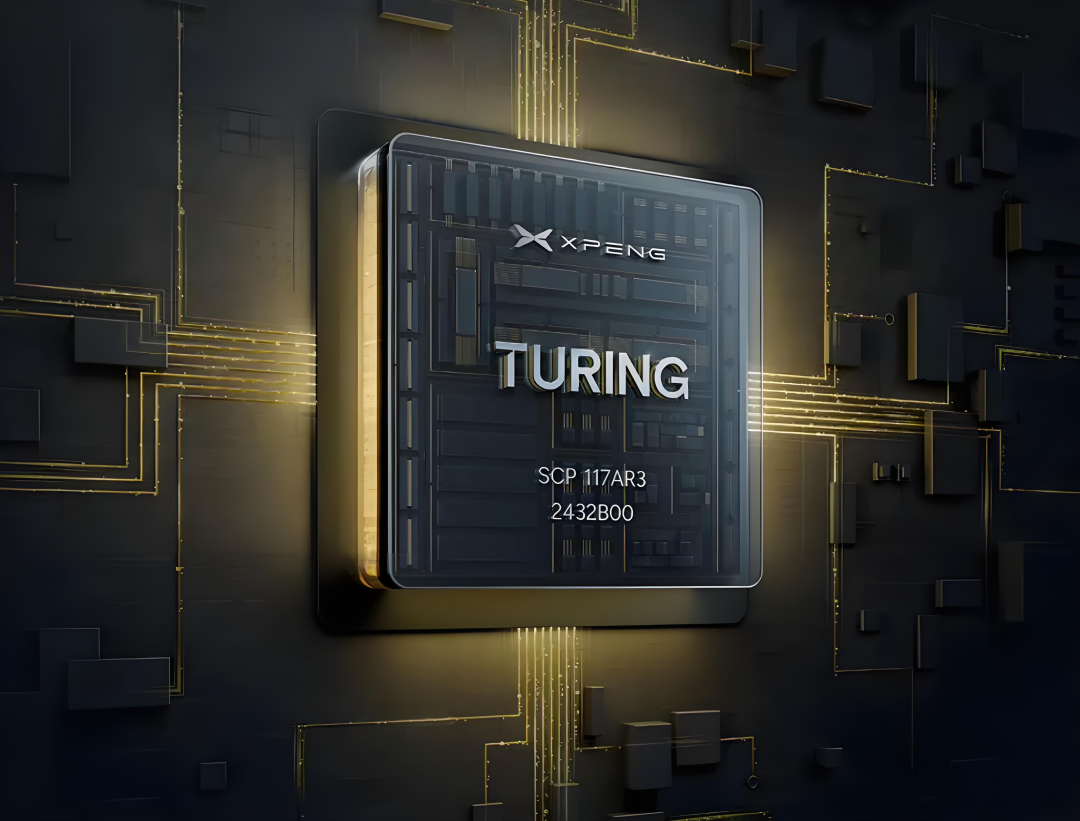
If intelligent driving liberates users' hands and feet, then smart cockpits are dedicated to liberating users' minds, providing a more emotionally warm and personalized human-machine interaction experience. The application of large AI models is driving the evolution of smart cockpits from simple functional stacking in the past to "emotional intelligent agents" that can understand users and proactively provide services. Many major players are also following suit. The Agent OS (preview version) "Smart Egg Cabin" jointly launched by Geely Automobile and Jieyue Xingchen, as well as NIO's smart cockpit system NOMI, are representatives of smart cockpit systems originally built for AI Agents. According to official descriptions, this type of AI agent is no longer passively executing instructions but can proactively perceive user needs and provide personalized services. For example, it can plan travel routes in advance based on the user's schedule and recommend suitable music or ambient lighting based on the user's emotional state.
Figure/NIO's Smart Cockpit System NOMI
This transformation from "function" to "intelligent agent" indicates that smart cockpits will enter a brand new stage of development. It also sends a signal to the industry: in the future, whoever can build an AI Agent ecosystem that developers are willing to flock to and users deeply rely on will be able to establish a moat. Of course, in addition to the parts that consumers can clearly perceive, research and development design, production and after-sales, marketing services, and other automotive domains are also actively promoting AI. Whether it's AI simulation test drives, AI technical inspections, AI customer service, etc., they will all be crucial components for enterprises to consolidate their foundations in the future. Undoubtedly, AI and large models are becoming one of the important selling points for automakers. This forces automakers to quickly establish AI capabilities and enrich the concept of "domain-wide AI." However, although AI paints a beautiful blueprint for the automotive industry, the path to the future is not smooth.
03
Sober Reflection Behind the Frenzy
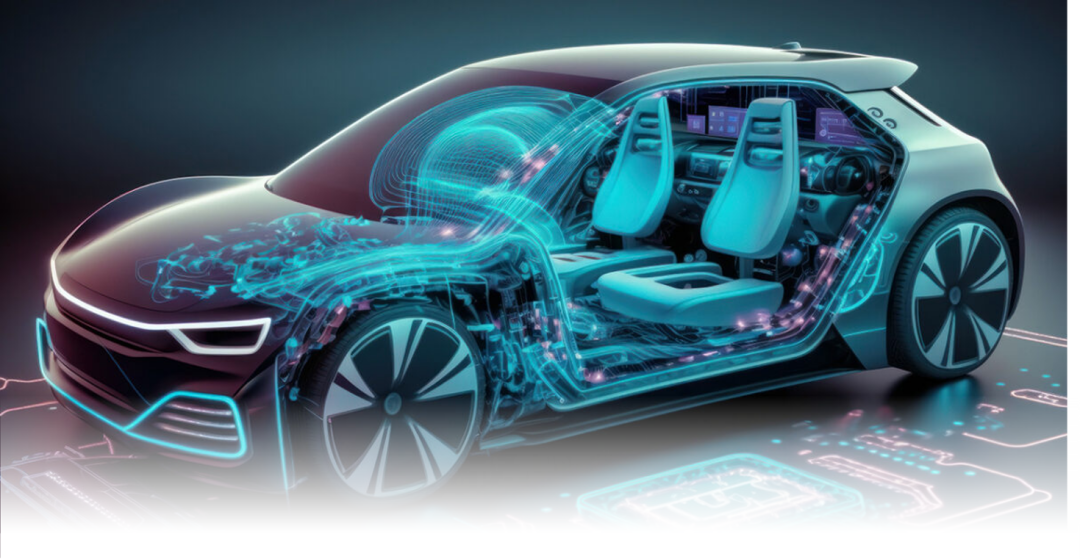
In fact, it is not difficult to see from the increased focus on AI by major automakers that almost all of them are experimenting with mid-to-high-end models, which may be related to the current realistic dilemma. Technology is the cornerstone for realizing all visions. The current huge gap in computing power infrastructure has led automakers to face bottlenecks in the AI field. Wang Yao, Deputy Chief Engineer of the China Association of Automobile Manufacturers, pointed out incisively: "The total number of AI (chip) graphics cards for all domestic automakers does not exceed that of Tesla's Dojo." This sentence reveals the "generation gap" in computing power between domestic automakers and global top players. Tesla's self-developed Dojo supercomputer is dedicated to processing about 160 billion frames of video data collected daily by its global fleet, providing powerful computing power support for its pure vision autonomous driving solution. Domestic automakers, although some like Xpeng and Li Auto are actively building their own supercomputing centers, still have a large gap in overall scale and investment.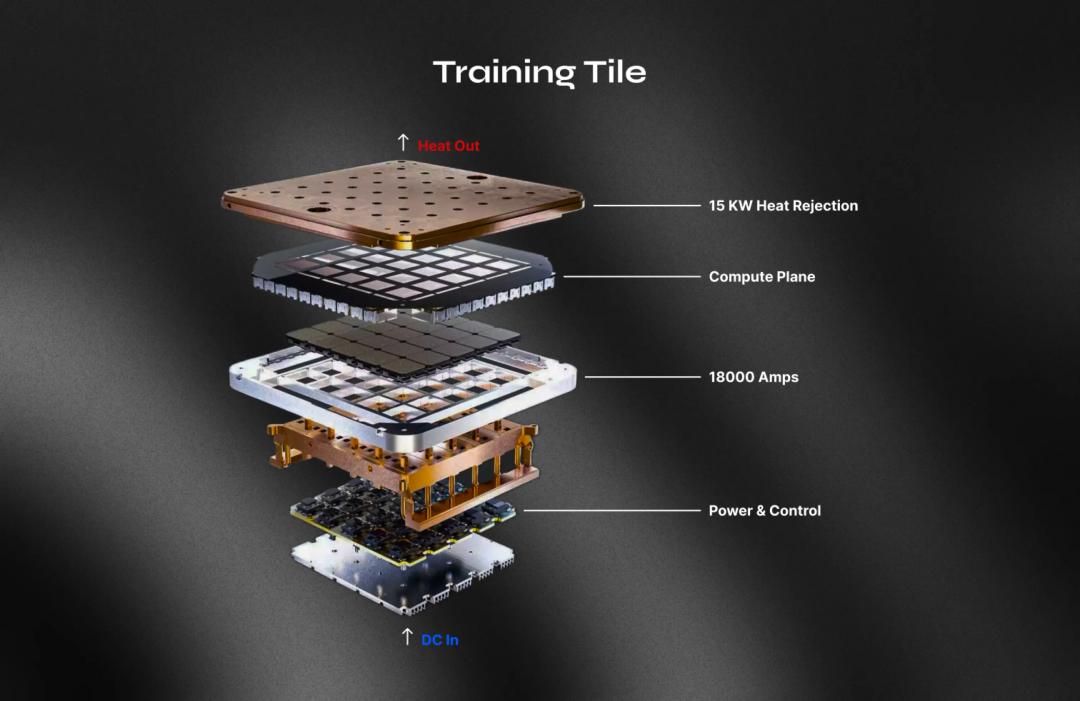
Figure/Tesla's Self-Developed Dojo Supercomputer
In addition to computational prowess, the establishment of data closed loops poses a significant challenge. The training and refinement of AI models are inextricably linked to vast quantities of high-quality data. Efficiently gathering, annotating, processing, and applying this data to create a virtuous data closed loop is crucial in determining the pace of AI capability advancement. Sun Hui, Technical Director of the Intelligent Connected Vehicle Center at Tsinghua University's Suzhou Automotive Research Institute, opines that as algorithm homogeneity intensifies, data will emerge as the next pivotal competitive factor. Companies possessing millions of real-vehicle data can tackle the "interactive game" issue and optimize "long-tail scenarios" through extensive real-road training, thereby forging a formidable competitive edge that is hard to replicate. Furthermore, intelligent driving and smart cockpits often operate independently in terms of hardware and software. The profound integration of these two domains to create a fusion solution epitomized by "cabin-driving integration" can unite the computing platforms of both, yet this necessitates superior algorithm iteration and sustained capital investment in the nascent stages. Additionally, the evolution of AI technology is propelling the automotive industry's business model transformation from traditional "one-time product sales" to "continuous service sales," with software and service value becoming increasingly prominent.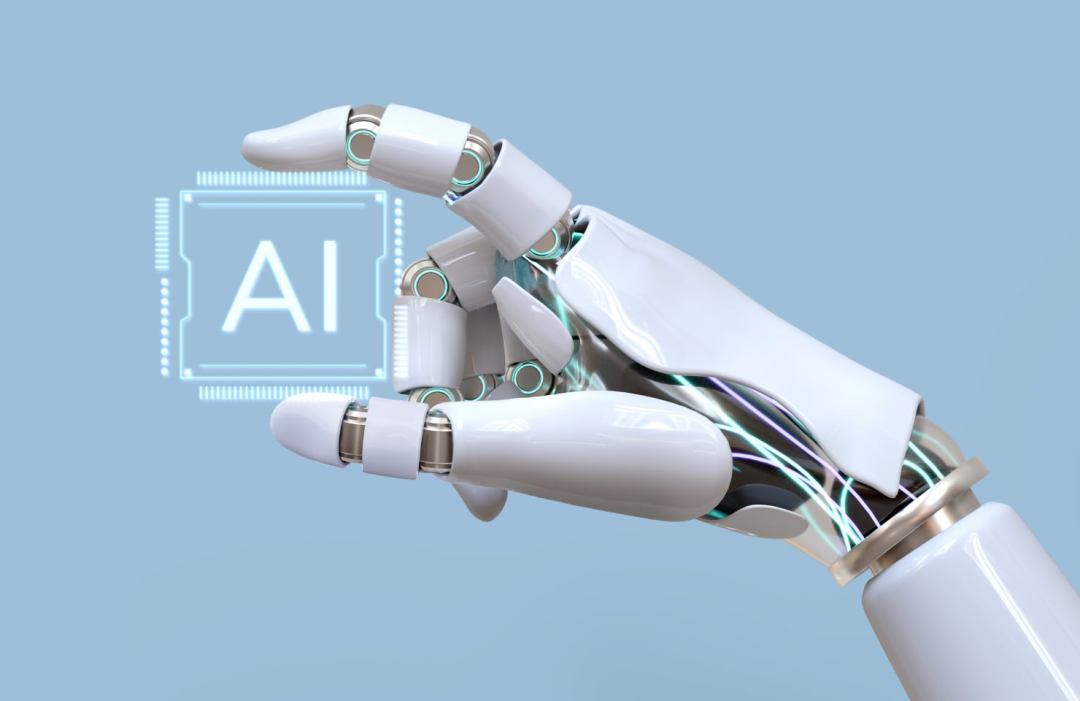
Nevertheless, whether it's algorithms, computational power, or service value, they all entail substantial costs that must be shared across products, particularly during the early stages of development. Customers focusing on mid-to-high-end models tend to be less price-sensitive, making these products the bearers of the significant responsibility of AI adoption in vehicles. However, when we shift our focus from cloud-based AI models to solid asphalt roads, from the bustling business districts of first-tier cities to the broader second- and third-tier markets, we observe that for the vast majority of consumers who view cars primarily as "transportation tools," tangible physical experiences—such as space and handling—remain paramount in their purchase decisions. This seemingly paradoxical phenomenon underscores the fundamental logic of the automotive industry's intelligent transformation: AI is not meant to undermine the car's essence as a "means of transportation" but rather to infuse new possibilities into travel while solidifying the foundational experience. As advanced intelligent driving functions penetrate the mainstream 200,000 yuan market, AI assistants in smart cockpits accurately remember each family member's preferences, and AI-optimized supply chains continuously enhance vehicle cost-effectiveness—these technological advancements ultimately must revert to the core objective of "making travel better." This shift from "vehicle manufacturing" to "AI manufacturing" signifies a leap for the automotive industry, transitioning from "hardware-defined products" to "software-defined experiences." From the augmentation of computational power infrastructure to the establishment of data closed loops, from breakthroughs in intelligent driving to innovations in cockpit experience, the competition among automakers has become an unstoppable trend. The automotive industry's future is rapidly accelerating towards a new AI-defined trajectory, deeply integrating "hardcore manufacturing" with "flexible intelligence."
Reference Materials: Ideal World AI Conference 2025 Launch Event
Geely WAIC 2025 Launch Event
China Electric Vehicle 100 Forum Related Materials
GeekPark, "All Competitions Have Become 'AI Competitions'"








